Energy System Map
Explore the energy system with Student Energy, starting with energy sources all the way to the end uses of energy. The Energy System map includes an interactive map view, a searchable energy topics index view, and accompanying videos.
Influences
‘Influences’ are some of the most important social, ecological, and equity issues that intersect with and influence the production and consumption of energy.
The topics identified as ‘Influences’ are also are areas where young people can take action to transform the energy system – for example, by developing innovative policy mechanisms, pursuing careers in research and technology development, or working with their peers to build public support for climate action.




Source
This is the category of natural resources, both renewable and non-renewable, that can be converted into forms of usable energy.
Generally, energy sources are grouped into three categories – fossil fuels, alternative energy, and renewables. Fossil fuels refer to resources created by thousands of years of heat and pressure on prehistoric organisms. Alternative energy refers to any form of energy that is not a fossil fuel; this includes renewables and nuclear energy. Renewable energy refers to sources of energy that can be replenished in a human lifetime.
These categories are further broken down into individual sources like oil, coal, wind, solar, hydro and nuclear that require specific and unique processes to be converted into usable forms of energy.

Production
Production refers to the methods used to get an energy source into a state where it can be converted into a usable form of energy.
For natural resources found in the Earth, this generally involves exploration, extraction and basic processing of the resource. For other resources such as hydrogen, production may involve a chemical process to obtain the element in its pure form. Many renewable resources, such as wind and solar, skip production processes because they undergo direct conversion into a usable form of energy.
Conversion
Conversion refers to the processes that convert an energy resource into a usable form of energy.
Energy is only consumed in a few major forms – such as electricity or transportation fuels. Our infrastructure – such as our grid or the internal combustion engine – is built around these forms of energy and therefore resources must be converted to be consumed.
Form
Form refers to the states energy has been converted to so that it can be efficiently utilized for its end use.
Energy can neither be created nor destroyed; it simply changes form. Raw natural resources must be converted to usable forms of energy so that they can be consumed to perform work.
Transport
Transport refers to the various methods for moving energy resources from where they are produced to where they are converted.
Resource transportation is most common for fossil fuels because they are seldom produced and converted in the same location.
Distribution
Distribution refers to the various technologies that enable the delivery of usable energy forms to the places where they will be consumed.
Once a natural resource has been converted into a usable form of energy it needs to be delivered to consumers. The electric grid is our largest piece of energy distribution infrastructure.
Use
Use is the service that people acquire from energy.
Ultimately, the reason our energy system exists is so that our society can benefit from the services energy enables. Energy allows us to transport ourselves efficiently from point A to point B, stay warm in cold months or cool in hot months, have light and power to run our various home appliances; the list could go on and on. Energy is the ability to do work and therefore use can be thought of as all the ways in which energy allows us to do work.
Influences
‘Influences’ are some of the most important social, ecological, and equity issues that intersect with and influence the production and consumption of energy.
The topics identified as ‘Influences’ are also are areas where young people can take action to transform the energy system – for example, by developing innovative policy mechanisms, pursuing careers in research and technology development, or working with their peers to build public support for climate action.














